
TransformCity
OVERVIEW
How can local residents become co-makers of their neighborhood? We teamed up with TransformCity to develop a concept that could potentially give citizens the power to influence their neighborhood, as well as making small-scale businesses in the area be easier located.
OUTPUT
Software UI prototype
ROLE
User testing, UI development, prototyping
YEAR
2019
CLIENT
TransformCity
TOOLS
Sketch, Invision
The project
For this 4-week project, my team and I we developed a concept for a system of tiles spanning two areas in the south of Amsterdam: Bijlmer and Amstel 3. Each tile highlights a local small-scale business in the area, and features a QR code, that will lead you to the TransformCity website where you could read more about the specific initiative but also TransformCity in general.
Background
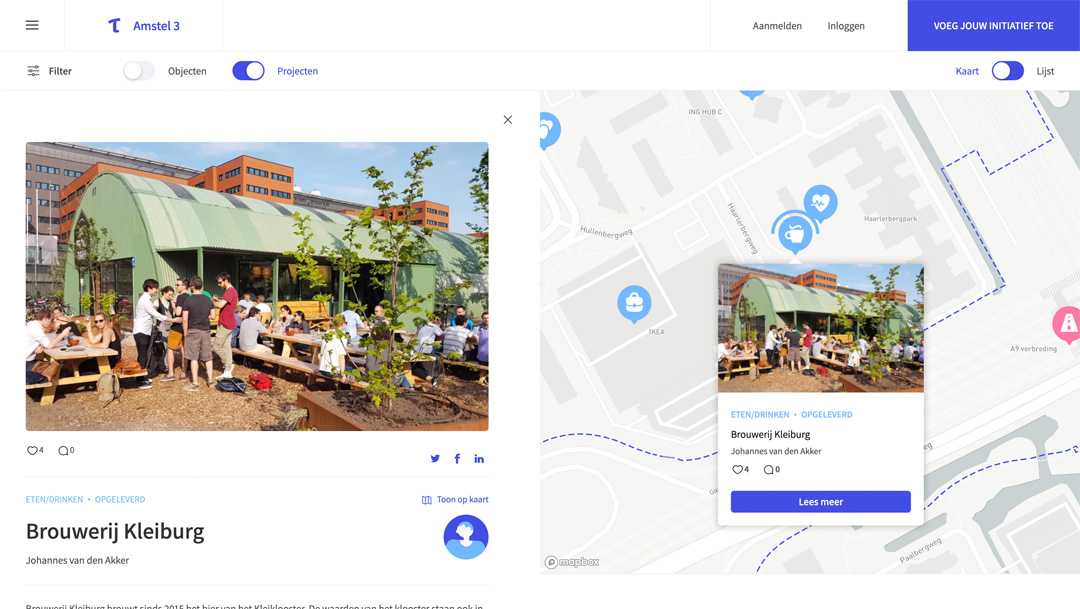
Our client, TransformCity, is working on empowering citizens and making them co-creators of their neighborhood. A neighborhood where it’s inhabitants are engaged in the area and it’s co-residents will always be a happier neighborhood.
Amstel 3 is a newly developed area in the south of Amsterdam. It is characterized by office buildings and an IKEA. It is not a very stimulating neighborhood to visit. That is something TransformCity want to change, by letting the residents of nearby areas make their imprint on the newly developing area.
Our first move was to venture out into Amstel 3. We made some quick interviews with passer-bys and found out that most people do not know about TransformCity. We can not immediately develop a feature for something that is not seen, we need to make people aware of TranformCity in the first place.
Challenges
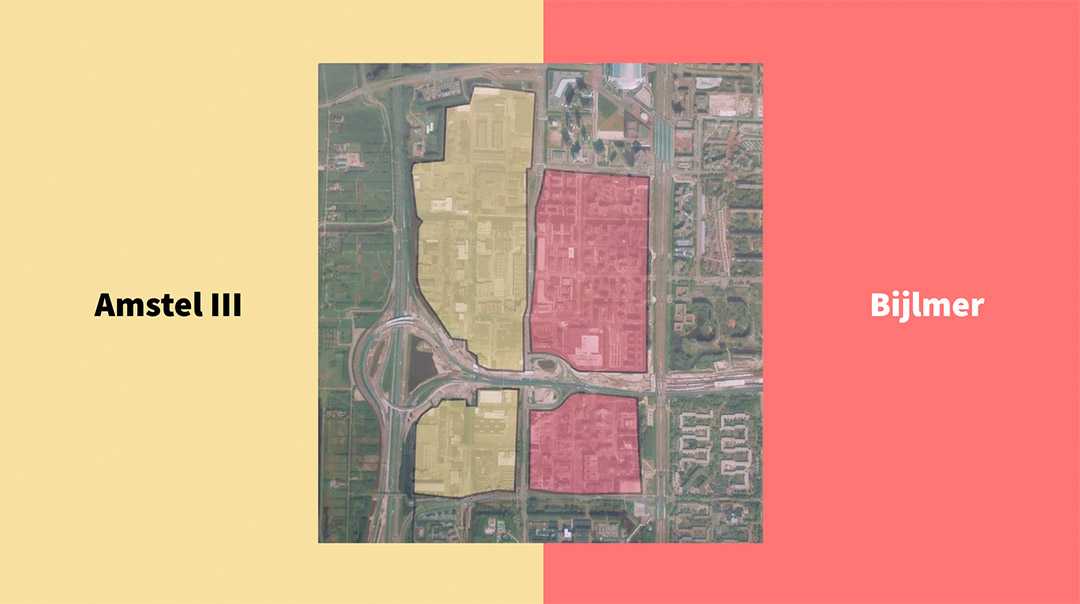
East of Amstel 3 is Bijlmer, which is known as one of the poorer areas of Amsterdam. It stands in stark contrast to the office-heavy environment of Amstel 3. What would happen if there was an incentive to walk over to the "other side"?
We identified a couple of challenges:
- How can we make people from Amstel 3 and Bijlmer discover each other’s neighorboods?
- How can people become more aware of TransformCity?
- How can we bridge the “offline” and the online?
Process
Research
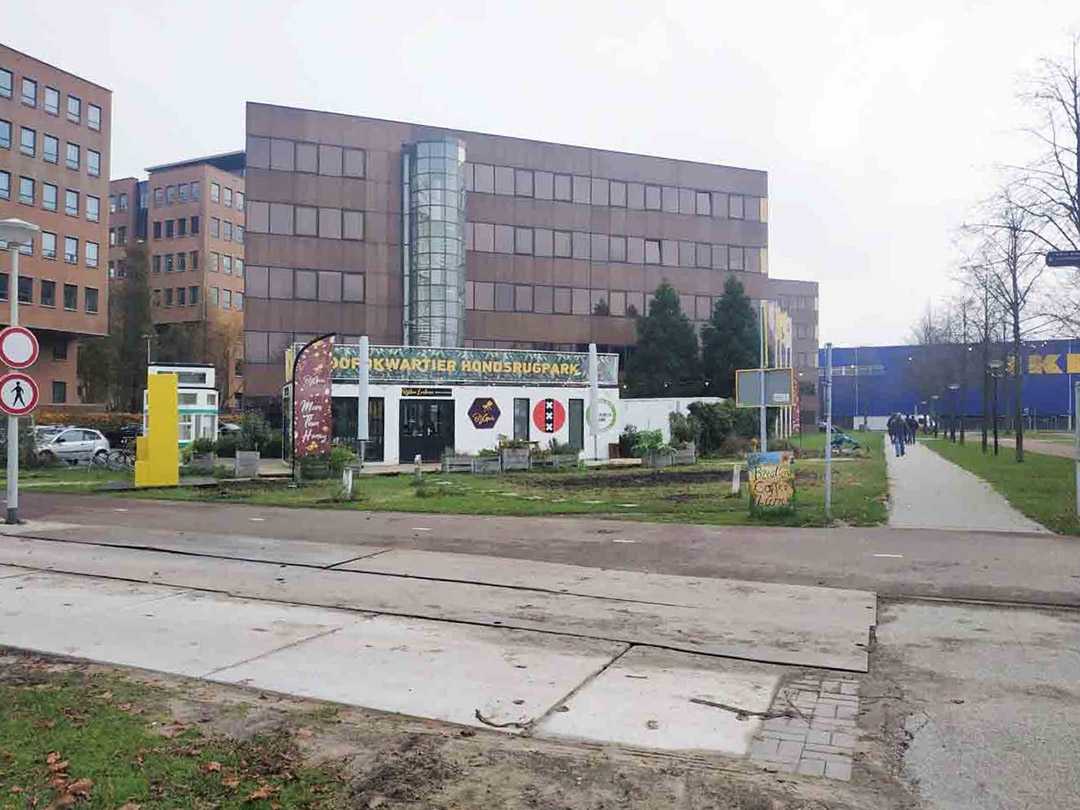
Early on, we went into Amstel 3 to get an idea of ourselves about the place. We took the opportunity to talk to passer-bys and local establishements about what it is like to live and work in the area.
"One Zuidoost"
People want to unify the two areas of Bijlmer and Amstel 3 into “one Zuidoost” (southeast), where there’s a more active connection between the areas.
"Bridging the gap online/offline"
"How can we become more visible?"
How can we make TransformCity visible? Working in the digital realm is not enough, we need to make an impact through physical means, in the physical world.
Ideation
Based on ideation sessions and methods (crazy 8 and "worst possible idea", among others), we started sketching out some early ideas.
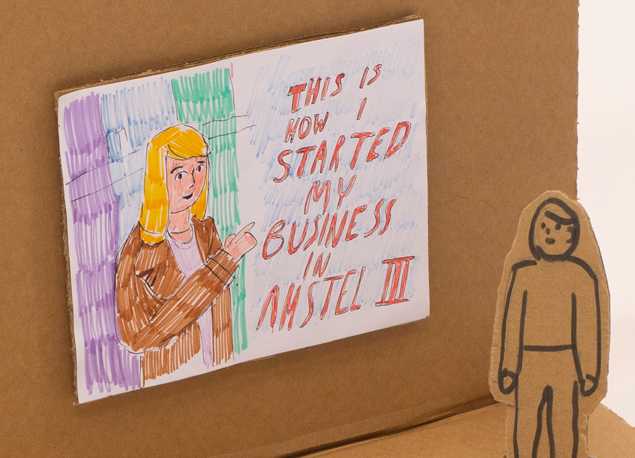
One of my early ideas was to put up a video projection of the success stories of the small businesses in the area. The videos would be projected at the nearby metro station (Bijlmer).
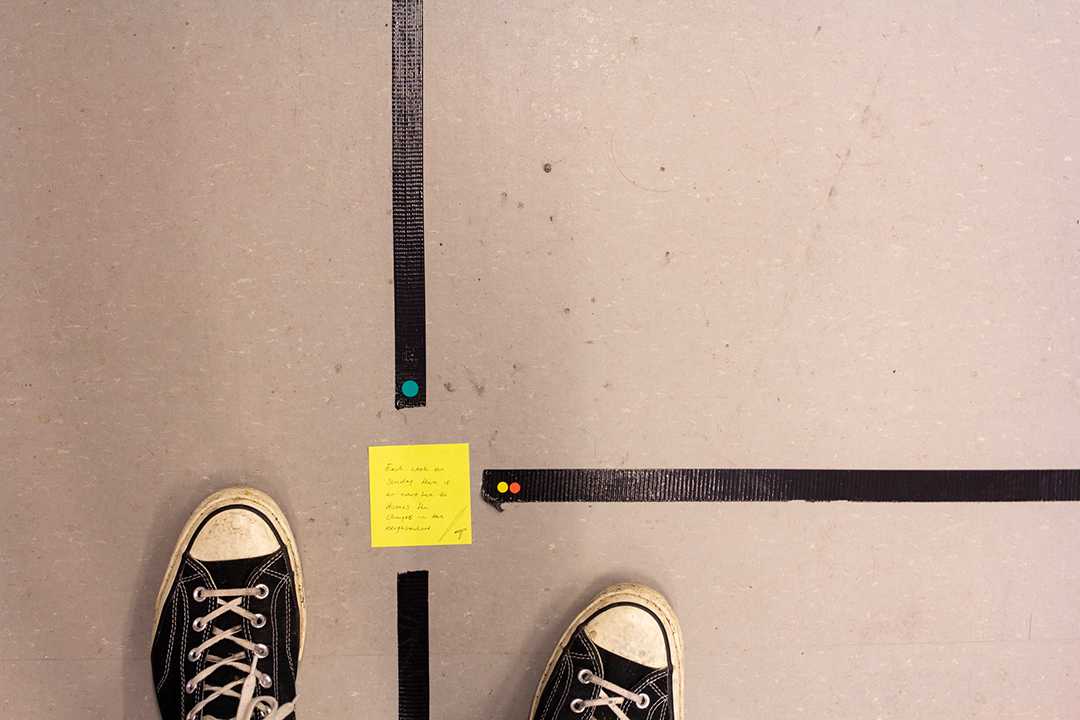
Another idea that came out of the sessions was to make a system of walkable routes. These would guide persons and highlight the small businesses in the area.
Prototyping
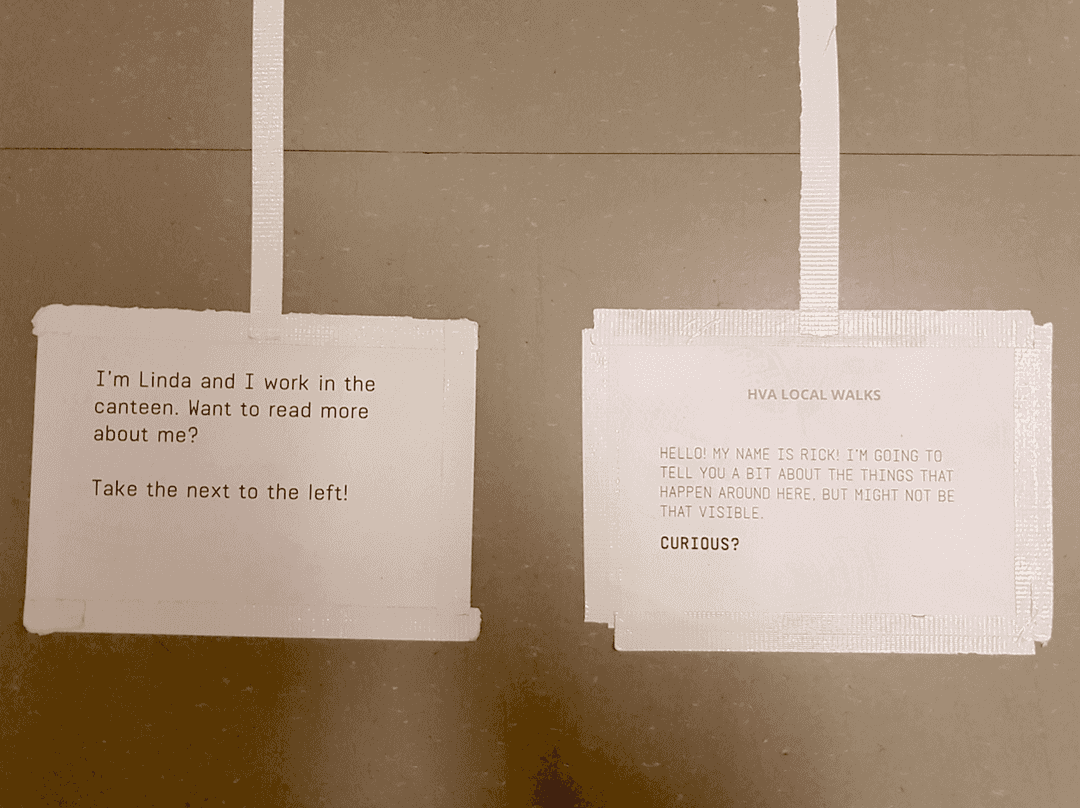
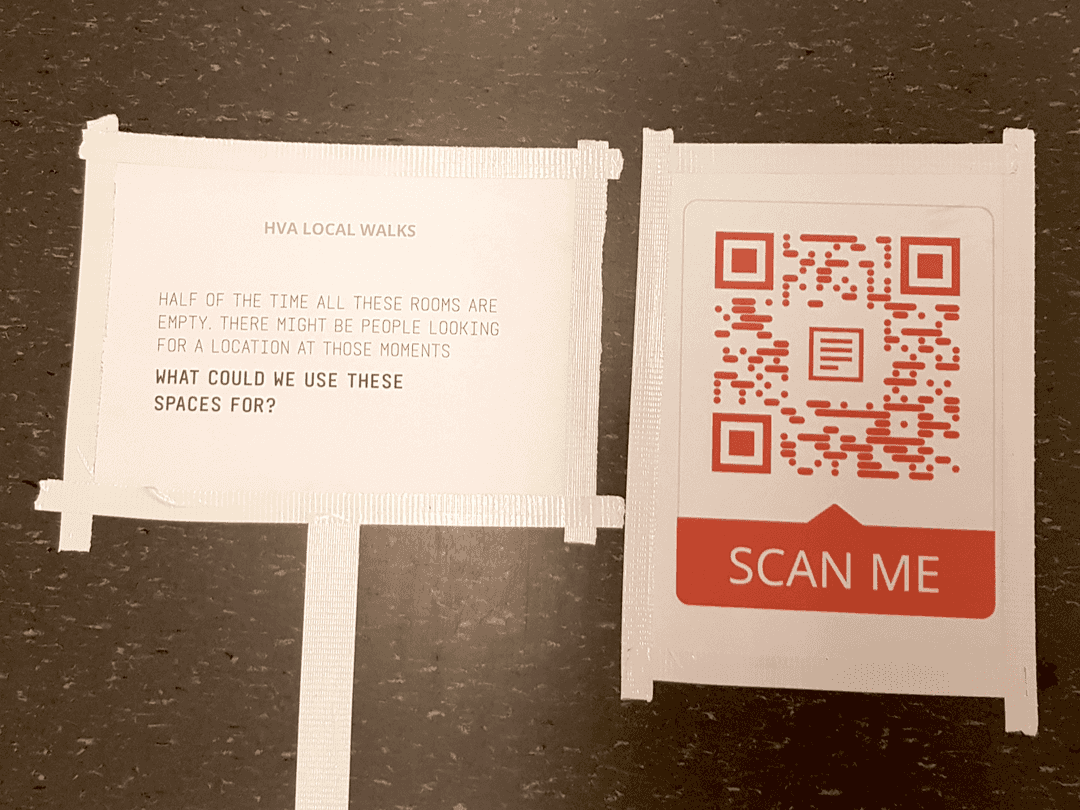
We developed a somewhat more high-fidelity prototype in school, which consisted of printed-out sheets with QR codes, to see how people would react.
Solution
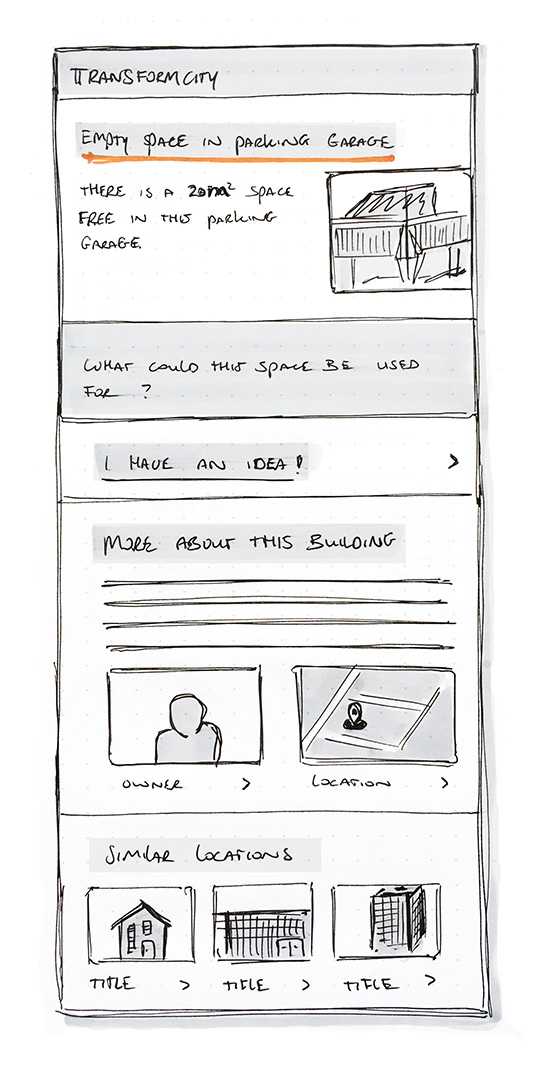
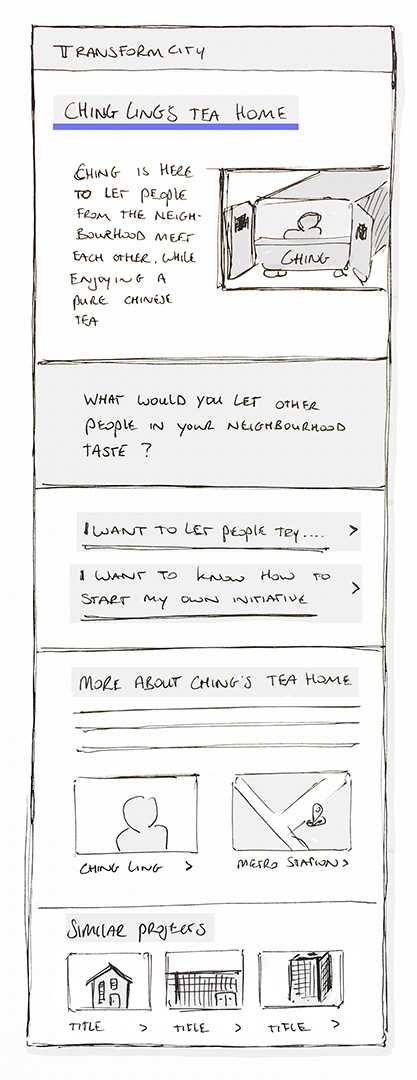
As part of the concept, we made a mockup sketch for how the mobile view of Transformcity would look like. Once the user scans a QR code on a tile, the person can read more about the initiative.
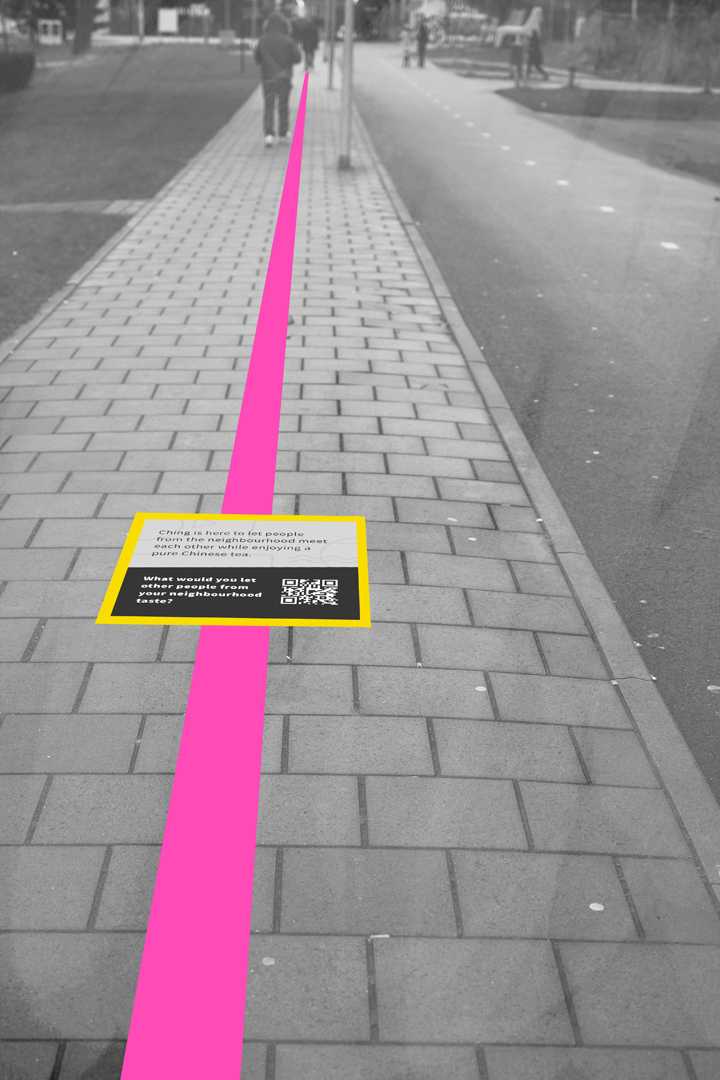
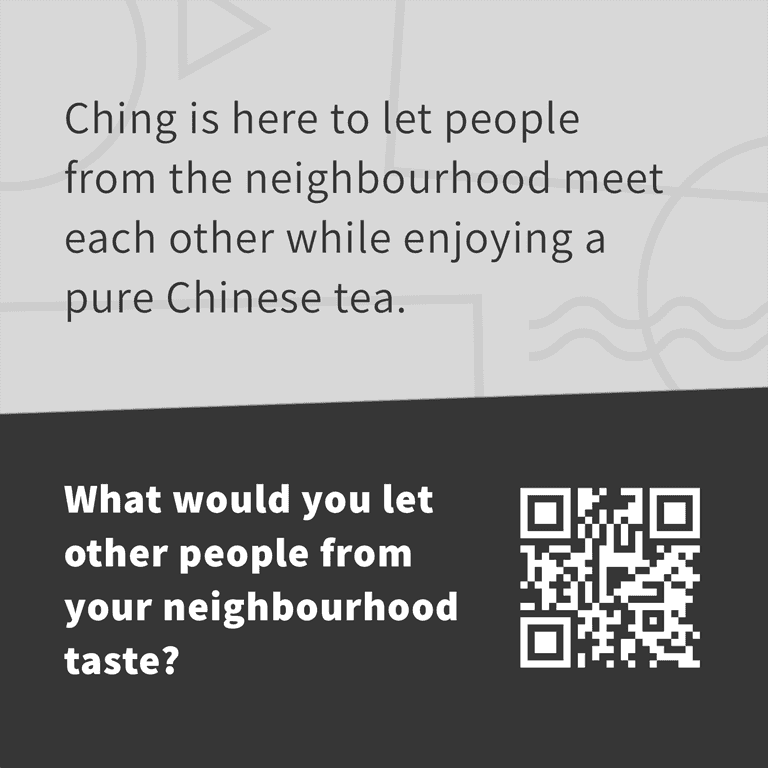
Our final deliverable was a documentation of a concept, including illustrations and a documentation of how the concept would work out.

Conclusion
We created a concept that can potentially:
- Attract more users to the Transformcity platform, through an offline solution- Make people more aware of local restaurants, shops etc in the area
- Have people from Bijlmer visit Amstel 3, and the other way around.

